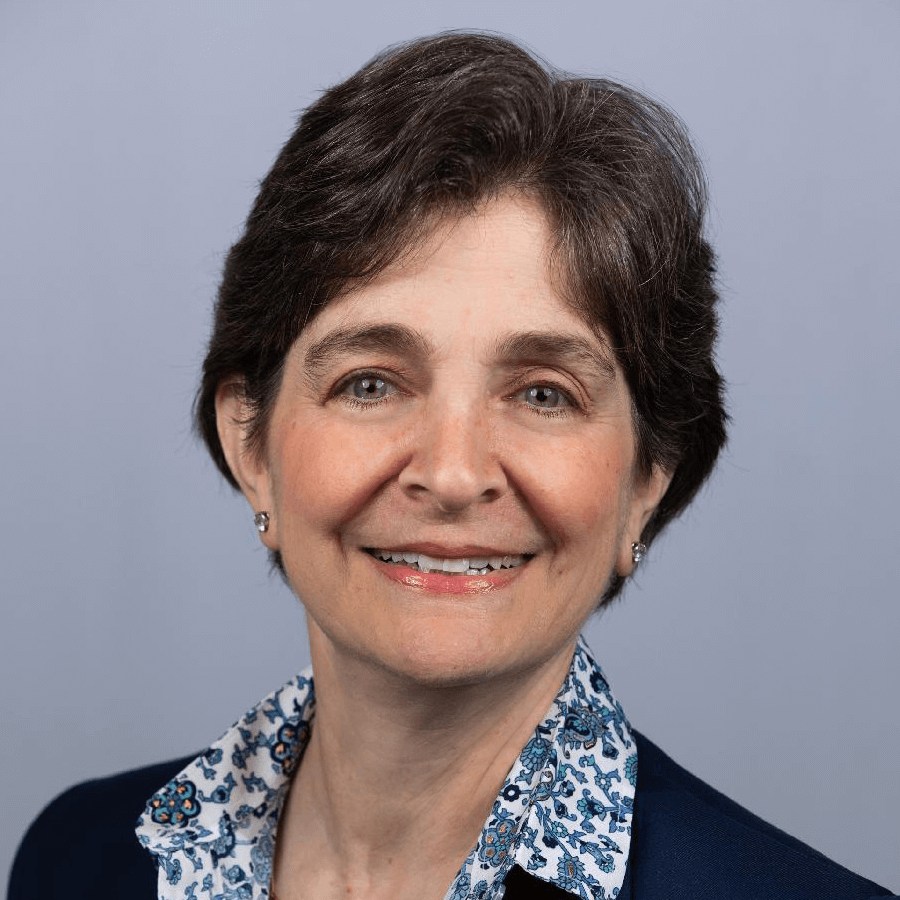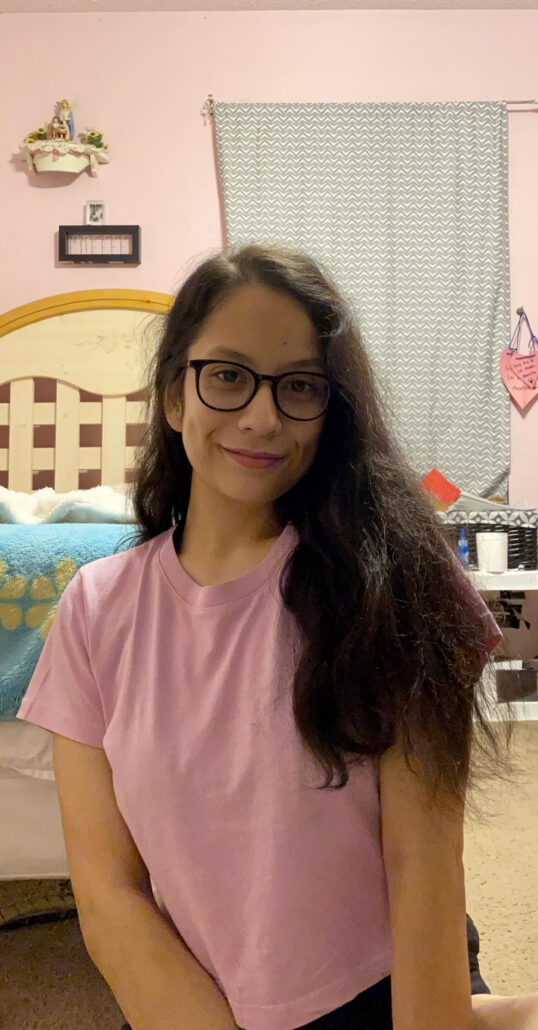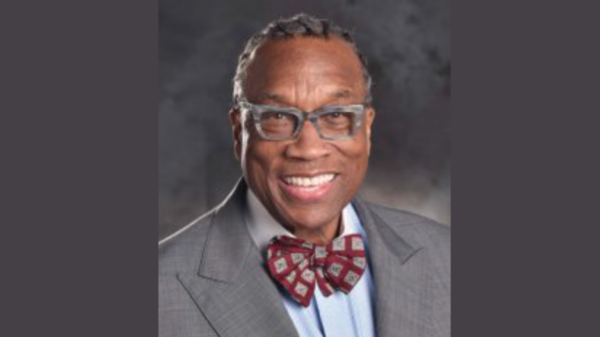By Sylvia Dunnavant Hines
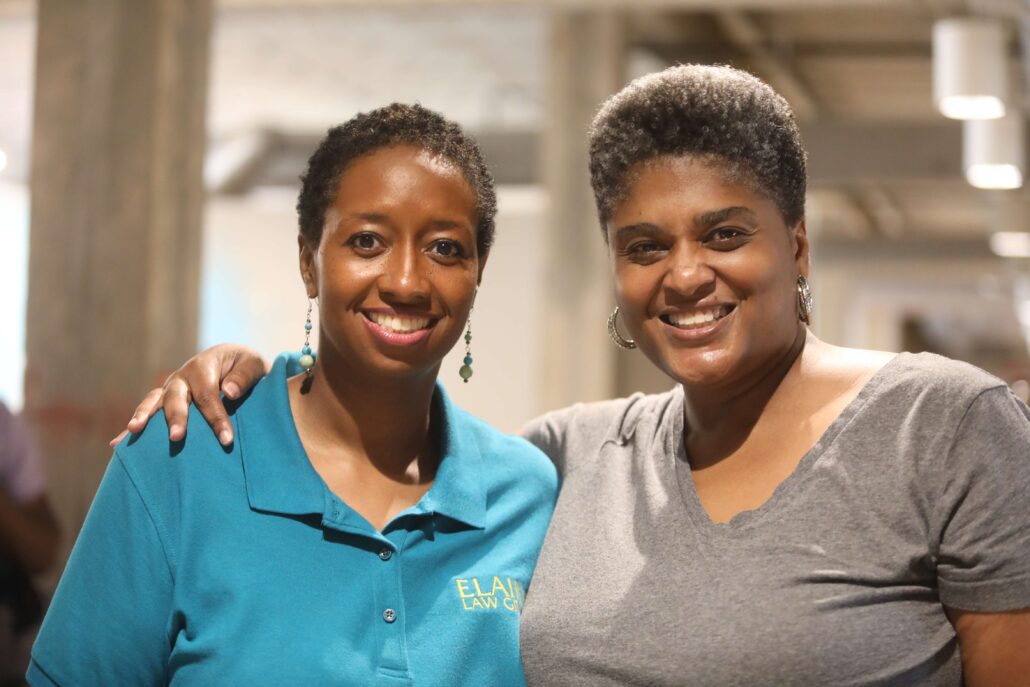
Heavy bleeding, uncontrollable bladders and back pain are just some of the symptoms that many women experience as the result of uterine fibroids. Until recently, many were suffering in silence out of fear the only relief would be to lose their fertility.
Uterine fibroids, which are noncancerous growths in the uterus, are historically known as the most common reason for a hysterectomy. Removing the uterus prevents any fibroids present in the uterine muscle from growing back.
“I was diagnosed with uterine fibroids about 10 years ago, during a routine well-woman examine,” said neurologist Dr. Sharisse Stephenson, who was 35 years old when she was diagnosed. “At the time, I really didn’t have any symptoms. The doctor said that I had fibroids and I would need to have surgery like a hysterectomy or myomectomy.
“This would mean that I would have to take off work for six to eight weeks. I had just started my own private practice. Since I didn’t have any symptoms, I thought that I could not afford to take off work for two months.
According to a study by the University of Michigan, Black women are more likely to experience symptoms from uterine fibroids. Nearly 25% of Black women between 18 and 30 will experience symptoms from their fibroids compared to about 6% of white women.
After a few years Dr. Stephenson’s fibroids became symptomatic. They increased in size, and she started to have uncontrollable bleeding. Because she still didn’t want to close her practice for a few months, she continued to put off the surgical options that were offered to treat her condition. Her symptoms eventually became so severe, that she could no longer avoid addressing them.
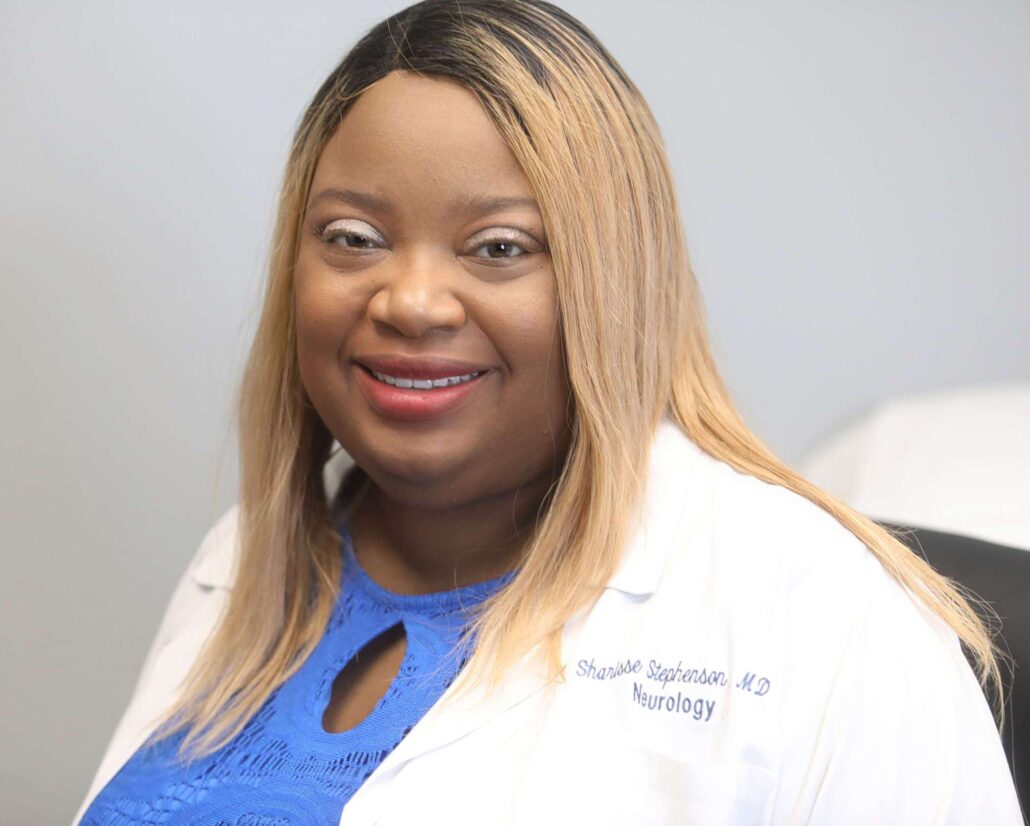
“My uterus became so large, that I looked like I was nine months pregnant. By this time, I didn’t care if I had to close my practice for a year, I just wanted to get this taken care of,” she said.
As Dr. Stephenson sought a viable solution for her fibroids, it became obvious that her procrastination had caused a negative impact on her health. Due to the size of her fibroids many doctors considered her condition “complicated.” At this point it became difficult for her to find a doctor that was willing to surgically remove her growths.
“By this time, I felt like I was dying. I went to all the major medical centers in Dallas. My case was considered complicated. Because my fibroids were so large some doctors were uncomfortable with doing surgery,” she recalled.
According to a report from Mount Sinai Hospital uterine fibroids can range in size from as small as a pinhead to larger than a melon. Fibroids have been reported weighing more than 40 pounds.
“I was only working a couple of days a week because I would get so tired and lightheaded. I had to have help with every basic thing in my life. The bleeding was horrible. I couldn’t go anywhere. I would bleed in the chair or bleed in the car. I tried to go on a trip to Austin with my daughters. When I got out of the car, one of my daughters said that there was so much blood, it looked like I had been shot,” said Dr. Stephenson.
As her condition worsened, Dr. Stephenson attempted consulting another doctor. Although this doctor still felt uncomfortable doing surgery, he referred her to Dr. Suzanne Slonim, who is a recognized interventional radiologist and a leading fibroids expert.
“I had a telemedicine visit with her. She looked at the results of the MRI that had been done on my uterus and she said that she could help me. I was so happy that I cried,” said Dr. Stephenson.
Dr. Slonim has over 32 years of experience in the medical field and is the founder of the Fibroid Institute Dallas. She focuses on treating fibroids with Uterine Fibroid Embolization (UFE), a minimally invasive procedure without surgery. UFE cuts off the blood flow to the fibroids and causes them to shrink.
“I could feel the difference right away. Before the procedure, my stomach was so big that it was hard for me to bend down to tie my shoes,” said Dr. Stephenson. “Even though my daughter was with me, I bent down and tied my own shoes without getting out of breath.”
She said the procedure made her feel better than she had felt in years.
According to Healthline, 30 percent of women between 25 and 44 have symptoms of fibroids. This means uterine fibroids are common during a woman’s childbearing years.
“My periods didn’t start getting bad until I was 19. Then I began having super heavy periods. They would go away for a while. When my cycle returned it would be very heavy,” said 23-year-old Maria Garcia, who is Latina.
At first Garcia was put on several types of birth control medications to help get her bleeding under control. Over the last four years she was told by various doctors that her problems were caused by one to three fibroids.
It was even recommended that she have a hysterectomy to resolve her on-going issues.
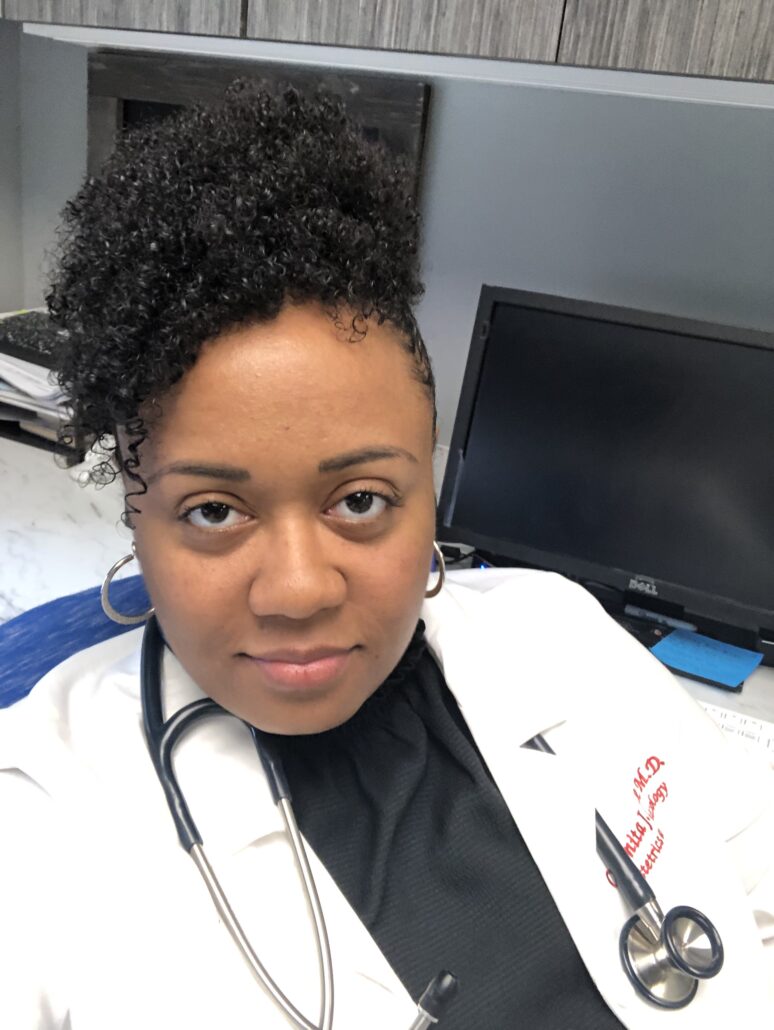
After a few trips to the emergency room due to anemia caused by severe bleeding, Garcia also sought out assistance from Dr. Slonim and found out she had over 20 fibroids.
“Before my procedure with Dr. Slonim, I had heavy bleeding consistently for four months. Since the procedure, I have only had one cycle and it has been light. I also don’t feel weak anymore,” said Garcia, who has a family history of fibroids.
Doctors recommended that Dr. Stephenson and Garcia have hysterectomies prior to their UFE procedure. Both women want to make sure that women know all their options before making permanent decisions about their health.
“Speaking as a physician who treats a lot of uterine fibroid tumors. The biggest thing that I have seen is the lack of options that women are given to manage their fibroids.
As a OBGYN and a surgeon I try to do my best to offer my patients every option for management – not just a hysterectomy,” said Dr. Quanita Crable, Board Certified OBGYN, specializing in minimally invasive surgery.
Dr. Crable has dedicated her career to helping women explore their health options. She also encourages women to advocate for themselves.
“If someone is telling you something that you don’t want to hear, and it doesn’t feel right for you, then get a second opinion. Even if they see me for the first time and they don’t like what they are hearing, I recommend my patients get a second opinion.
If you have big fibroids and you don’t want to be cut open, there are options to explore. It is important to educate yourselves,” said Dr. Crable.
July is Texas Uterine Fibroid Awareness Month. For more information on how you can participate go to the website txfam.org.

